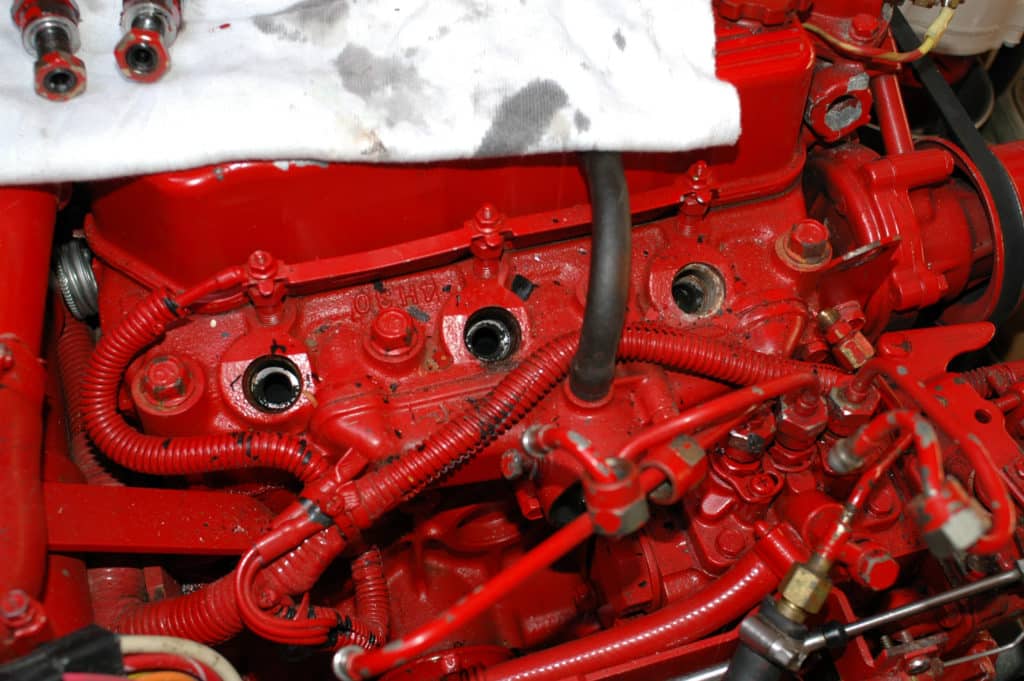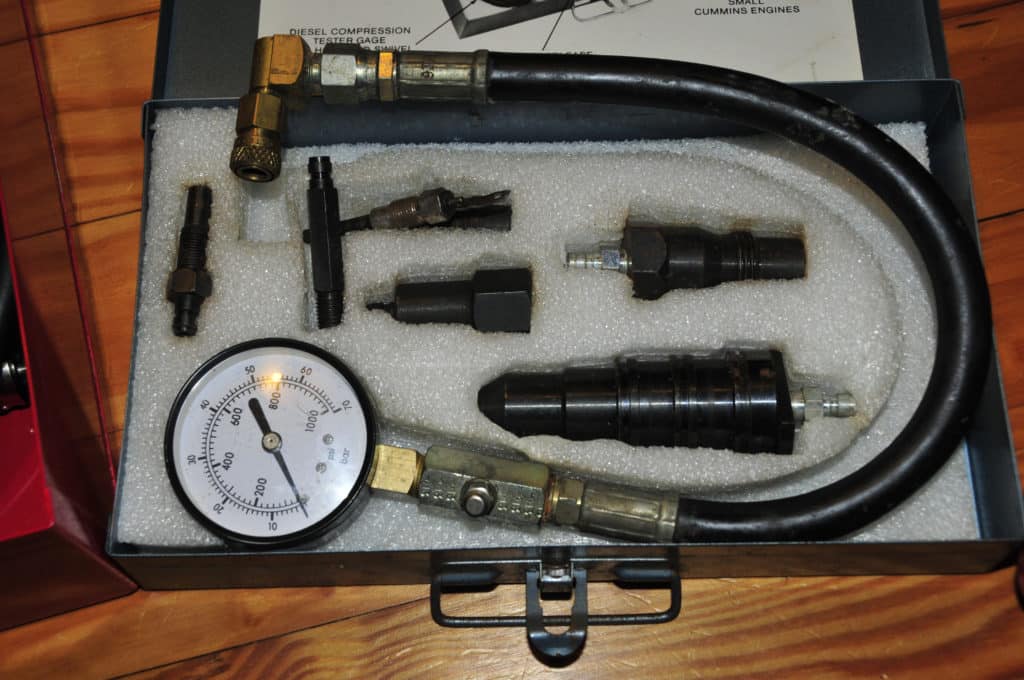
A mechanic tells you your engine is worn out and needs to be rebuilt or replaced, but how can you quantify what is actually wrong? Definitively determining the condition or health of your engine is anything but subjective; unsurprisingly, all that’s required are the right tools and the requisite knowledge for their proper use.
Any engine relies on compression of a gas, air, or a fuel/air mixture, created by a reduction of cylinder volume, which occurs as a result of each piston’s upward movement. In both gasoline and diesel engines, the expansion of that compressed gas is the result of an explosion or, more accurately, a controlled burn of the fuel and air. That’s what generates a piston’s reciprocal motion, known as the power stroke, which is then transformed into rotational energy via a crankshaft. All of this combined ultimately results in propulsion.
For this system to work efficiently, the seal established between the moving pistons and cylinder walls is vitally important, and it’s no small feat to accomplish, as all the parts are very hot metal moving at high speed over the course of thousands of hours of run time.
While this process is critical for any engine, it’s especially important in diesels because they rely on heat generated by very high compression (as the air is compressed, its temperature increases dramatically) to ignite fuel that’s injected into the cylinder. It’s why diesels are sometimes referred to as compression-ignition engines. Testing the compression generated in either gas or diesel engines is relatively straightforward, and doing so can provide a picture of the condition of the cylinder, piston rings, and exhaust and intake valves.
The first and simplest test relies on an aptly named compression tester. This is inserted into the hole where a spark plug, glow plug or injector would be located. The engine’s ignition and fuel systems are then disabled to prevent the motor from starting during the test. Once that’s done, the engine is cranked or turned through several revolutions using the starter, and the pressure generated by the piston is recorded by the gauge. The pressure readings are then compared to those provided by the engine manufacturer.

While the compression test is valuable, it can provide only a pass or fail grade; it’s unable to provide details or clues about where a fault may lie and how serious it may be.
Enter the leak-down tester. This device is similar to the compression tester in that it plugs into the cylinder via one of the aforementioned ports; however, instead of using the engine’s rotation to generate pressure, it utilizes an external compressed air source, which is pumped into the cylinder. The tool is equipped with two gauges, one measuring the pressure of air available to the cylinder and another that measures air pressure maintained within the cylinder — hence the term “leak-down tester.”
The amount of leakage is a direct indication of wear or damage within the cylinder. Additionally, the areas where the air leaks out of the cylinder can tell a mechanic a great deal about what needs to be done to fix the problem. Air leaking from the intake or exhaust manifolds indicates worn valves or seats, respectively, which is comparatively easy to repair because it only requires the cylinder head to be removed. Air leaking from the crankcase vent often foretells something more ominous: worn or damaged piston rings or scored cylinder walls, which in turn requires an engine rebuild or replacement. In the hands of a competent mechanic, the compression and leak-down testers remove much of the guesswork from engine diagnostics.
Steve D’Antonio offers services for boat owners and buyers through Steve D’Antonio Marine Consulting (stevedmarineconsulting.com).








